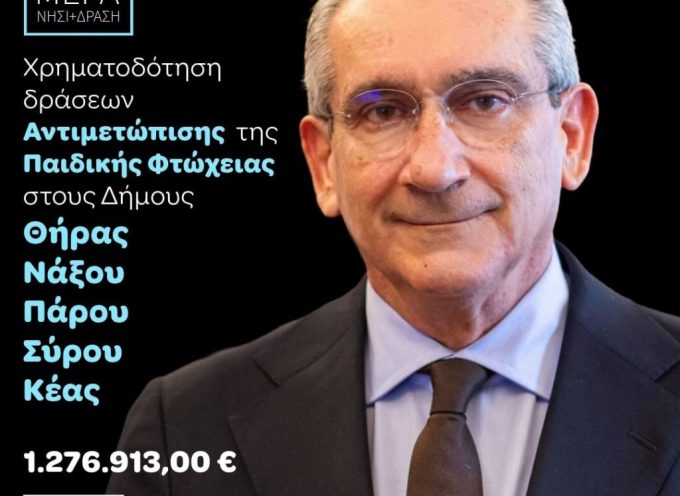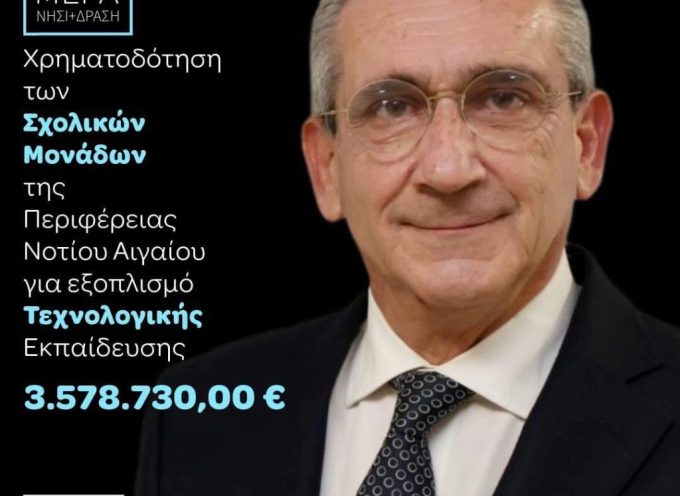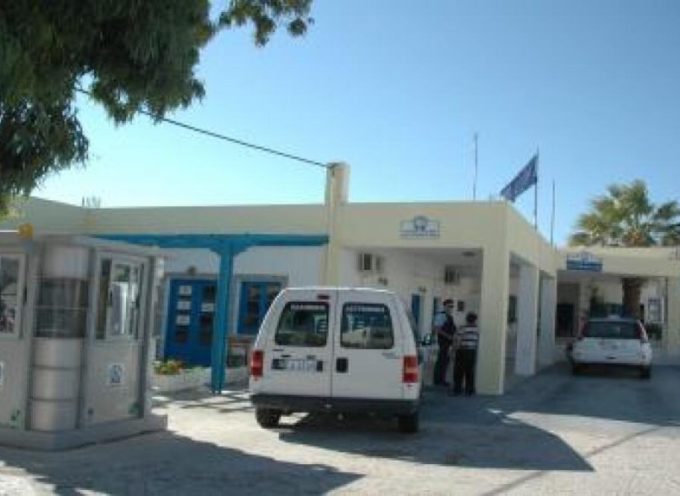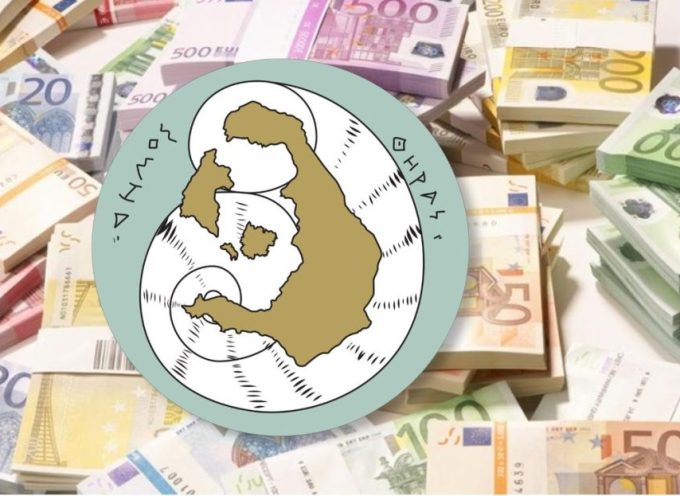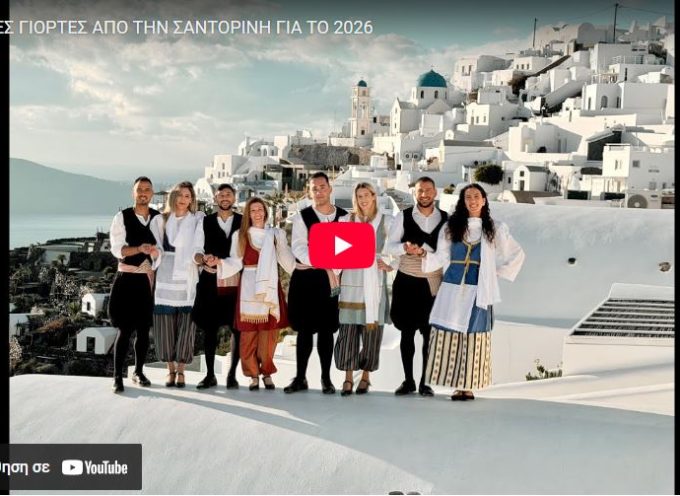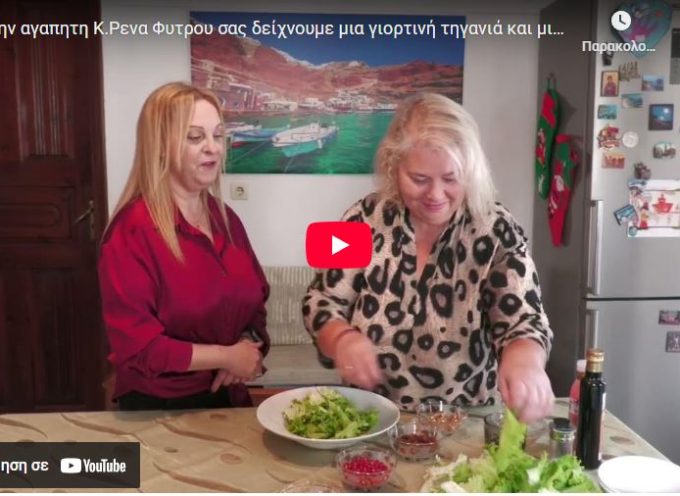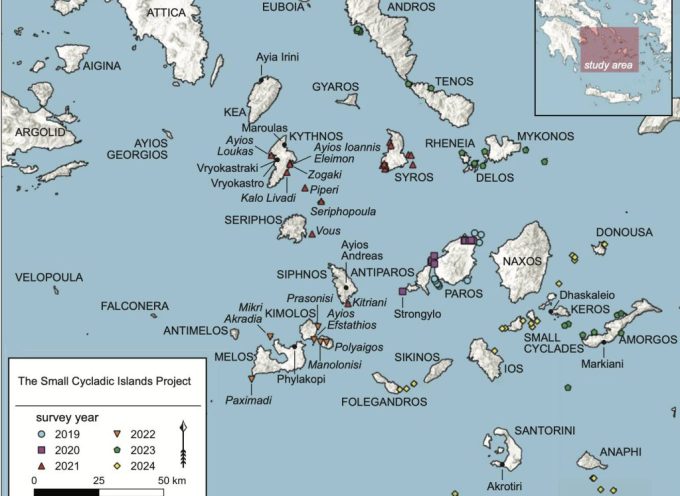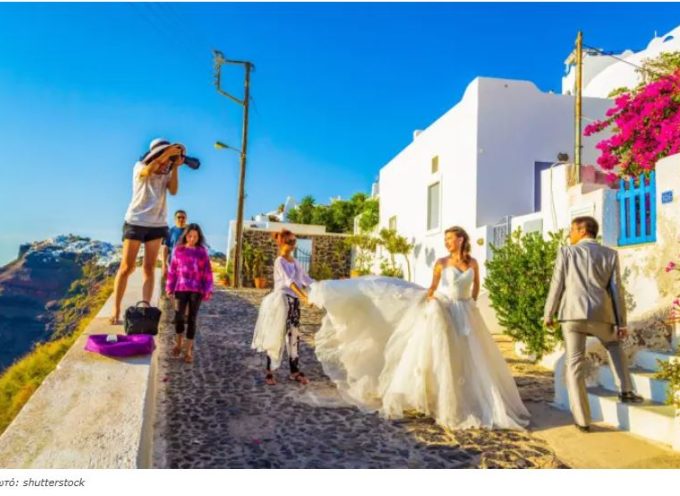Στο μεγαλύτερο διεθνές συνέδριο ηφαιστειολογίας που διεξάγεται στον κόσμο κάθε 4 χρόνια και διοργανώνεται από την Διεθνή Ένωση Ηφαιστειολογίας και Χημείας του Εσωτερικού της Γης Iavcei – Int. Association of Volcanology and Chemistry of Earth’s Interior με τη συμμετοχή πάνω απο 1000 ερευνητών από 62 χώρες, πραγματοποιήθηκε η απονομή μεταλλίων σε μια γεμάτη αίθουσα στη Γενεύη.
Το FISHER MEDAL απονεμήθηκε όχι μόνο σε εμένα αλλά σε όλους τους συνεργάτες μου που μελετάμε τα Ελληνικά ηφαίστεια πάνω από 20 χρόνια κ κυρίως στον υποθαλάσσιο χώρο!! Ο Κολούμπος έχει πλέον δεσπόζουσα θέση στην Παγκόσμια κοινότητα των ηφαιστείων!!
Συγκινημένη για την υποψηφιότητα κ τη Διεθνή αναγνώριση και με μια υπόσχεση να συνεχίσουμε την έρευνα σαν ομάδα! Να μεταδίδουμε τις γνώσεις μας στους κατοίκους με ψυχραιμία σε δύσκολες κρίσεις κ να εμπνέουμε τους νέους ερευνητές για την αγάπη μας στα ηφαίστεια!!
Το ΕΥΧΑΡΙΣΤΩ σε αυτές τις στιγμές εκφράζεται με ένα μεγάλο χαμόγελο!!
«I would like to express my heartfelt gratitude to Michael, Steffen, Christian, and Rebecca for nominating me for the Fisher Medal—especially during a period when I was fully immersed in the Santorini volcano-seismic crisis and didn’t even have time to think about and update my CV. Thank you for your patience and trust.
I owe so much to my birthplace, Santorini—this active volcano in the heart of the Aegean Sea. From a young age, listening to my grandparents’ stories, I was drawn to the mysteries of the sea surrounding Santorini. I longed to explore the Kolumbo submarine volcano and understand how the 1650 eruption caused such widespread devastation.
For that reason, I would like to particularly acknowledge two professors who shaped my scientific path. My supervisor, Dimitris Papanikolaou, from the Τμήμα Γεωλογίας και Γεωπεριβάλλοντος ΕΚΠΑ at the Πανεπιστήμιο Αθηνών – University of Athens, from where I also belong, selected me for a PhD project in another volcanic region of Greece—Kos and Nisyros. Through his discipline and profound knowledge, he taught me perseverance in the field and the importance of integrating land-based and marine data to understand the geodynamics of volcanoes. It was thanks to his encouragement that I turned toward marine research, which led to numerous oceanographic expeditions across the Aegean Sea, focusing on the identification of marine geohazards—especially around volcanoes.
I am also deeply grateful to Steven Carey from the University of Rhode Island. With him, I learned how submarine volcanoes function and shared the excitement and uncertainty of our early efforts to explore the active hydrothermal field of Kolumbo, starting back in 2006.
Throughout the oceanographic campaigns that followed, I have had the great privilege of working closely with Christian from the University of Hamburg. Our many, sometimes passionate, discussions about seismic profiles and volcanic morphology—despite occasional differences in interpretation—have always ended in agreement and mutual respect.
A special acknowledgment goes to Tim Druitt. In the field, he helped me finally distinguish pyroclastic flows and unravel the different phases of the Minoan eruption. I also greatly value the experience I had during IODP Expedition 398, where Tim and Steffen taught us so much!
I am thankful to my colleagues from GEOMAR and Emilie Hooft from the University of Oregon —who supported me throughout the Santorini crisis, and especially Jens Karstens, who was in Santorini with me, aimed at better understanding the volcano. I also wish to thank, my friend Michelle Parks from IMO, with whom I spent countless hours conducting research during the 2011–2012 volcanic unrest in Santorini.
To my younger colleagues—Jonas Pre, Danai Lampridou, Bejelou Kostantina, Anna Katsigera, Elli Nikoli—and my SANTORY seafloor observatory colleagues, thank you for your commitment in the field and during challenging data-collection onshore and difficult offshore missions.
Looking ahead, my goals are to continue monitoring Kolumbo through the SANTORY underwater observatory and to ensure continuous data collection from its active hydrothermal field. I am committed to sharing my passion for volcanology with young students through summer schools, and to communicating our research in real time during expeditions—as we did during IODP 398. I also believe in the importance of providing clear, calm, and accurate information to the public during volcanic crises.
Equally important is the promotion of volcanoes as unique geological heritage sites—like the Nisyros Geopark – Γεωπάρκο Νισύρου, which we are working to include in the UNESCO Global Geoparks Network.
Let us not forget that nearly 70% of the world’s volcanoes are underwater. There is still so much left to discover, so much to learn about how volcanoes work, how to protect nearby communities, and how to appreciate the benefits they offer
Volcanoes are the breath of our planet—and we are truly fortunate to witness even a moment of their incredible life cycle.
Thank you again, Michael, Steffen, Christian, and Rebecca.
At last but not least, I would like to give a big thanks to my family for their unwavering support.»






